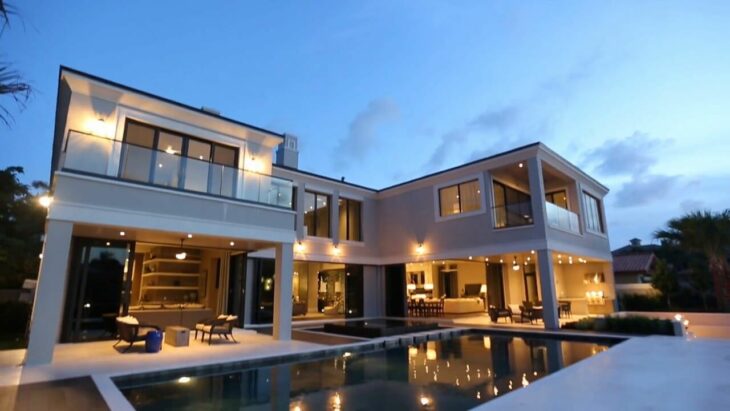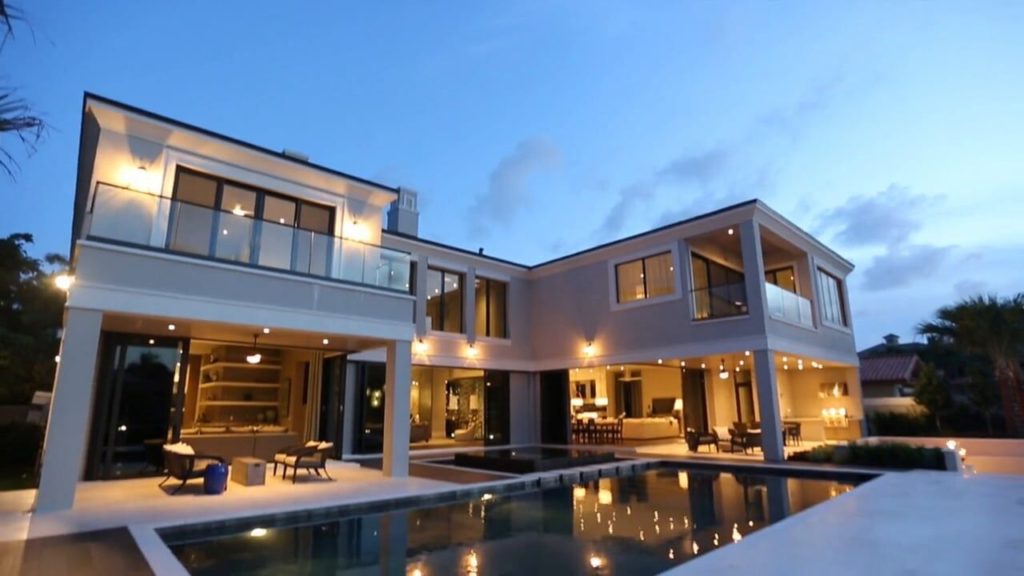Home experts recommend understanding the basics when it comes to smart home automation technology as your first step towards home automation, especially if you are a rookie. You can search to buy a home that is already automated or you can even do it yourself. As such, it is important to know the most popular smart home systems installed in homes today. According to statistics, alarm systems top the list while home theaters and whole house entertainment systems come in second. Lighting controls, energy management systems, and home automation follow. Home automation basically means the integration of several subsystems.
Affordability
Today, home automation systems are relatively affordable, even for the average homeowner. You can control a thermostat, some lights, and your TV system for less than $500. At this price, your home automation system might pay for itself within a few years, especially if you use the technology to manage your energy costs.
While some do-it-yourself systems can afford integrated control and automation at minimal expenses, professionally installed home automation systems offer comparatively better interfaces, more advanced control, and more reliability. Depending on the complexity of the programming, number of integrated devices, and size of your home, a professionally-installed automation system that provides security, whole-house entertainment, smart thermostats, lighting controls, surveillance cameras, and home automation can cost from about $5,000 to $10,000. The price typically includes remote access via the internet.
Many of the advanced and popular electronic systems of today offer automation functions. For instance, apart from most security systems having the ability to interact with home lighting systems, advanced remote controls can also control lights, thermostats, and home entertainment systems.
Practicality
A lot of people swear they do not need and will never use home automation systems. And then they find themselves ten miles from home wondering whether or not they locked the doors or set back the thermostat. Although naming the most practical products is difficult, looking at the most convenient applications is much easier. You can easily accomplish this test in a relatively inexpensively manner with a home control system.
- The home automation system should automatically arm your security system, set back the thermostat, and randomly turn the lights on and off to simulate a lived-in look once you press the “vacation” button.
- Your cell phone should light up with a picture of whoever is at the door whenever the doorbell rings, opening up a two-way conversation. This feature also allows you to unlock and lock the door remotely.
- Your television should automatically display current games once you touch the “baseball” button on your mobile device. The information on display might include scores and even the stats of your fantasy team.
Current and emerging innovations are not so much new technologies as they are approachable. For instance, although video conferencing has been around for years, it will most likely continue to get bigger in homes, especially since more people are working out of their homes today. Such features are bound to get sufficiently simple, sociable, and cheap with time.
Some of the technologies that continue to gain steam include voice-activated remote controls, thermostats responsive to real-time utility rates, and automated door locks. Using home automation features can effectively help you when it comes to managing your security, energy consumption, and overall efficiency.
Functionality
Fully automated homes have been in existence for about a decade now, and the improvements made over this period allow you as a homeowner to perform pretty much anything you would want to with relative ease. As much as some of modern day home automation systems such as the coordination of your motorized shades with the location of the sun and indoor temperature may seem futuristic to a lay person, they are relatively humdrum to most individuals.
Reliability
The magic of home automation systems is that they afford a much richer control and integration of subsystems such as lights, thermostats, and security. It is additionally notable that these subsystems will almost always keep ticking if the automation system fails, meaning it might only be a little inconvenient. For instance, as much as you may not have the ability to turn off the lights by simply pressing a button, you can still do it the old-fashioned way.
Note: One interesting way to stay up-to-date on this kind of automation is to use your local MLS to see what is currently trending in new homes.



